Cinnamomum verum zeylanicum, commonly known as Ceylon cinnamon, is the authentic cinnamon variety native to Sri Lanka. It is distinguished from Cassia cinnamon by its significantly lower coumarin content, sweeter flavor, and paper-thin bark layers, making it the safer choice for daily consumption. This article provides evidence-based information on identifying true cinnamon, its health benefits, and safe usage practices.
Table of Contents
- What Exactly is Cinnamomum Verum Zeylanicum?
- Real Cinnamon vs. Impostors: How to Spot the Difference
- Health Benefits Supported by Scientific Research
- Pro Tips for Cooking (and Baking) with Real Cinnamon
- Buying Guide: Choosing the Best Cinnamomum Verum Zeylanicum
- How to Store It Like a Pro
- Creative Uses Beyond the Kitchen
- Frequently Asked Questions About Ceylon Cinnamon
- Conclusion: True Cinnamon Deserves a Spot on Every Shelf
What Exactly is Cinnamomum Verum Zeylanicum?
The scientific name Cinnamomum verum zeylanicum refers to Ceylon cinnamon, the original and purest form of cinnamon, indigenous to Sri Lanka. Unlike Cassia varieties (such as Cinnamomum cassia), true cinnamon has a delicate, sweet flavor and is recognized for its low coumarin levels—a compound that can be harmful in high doses when consumed regularly.
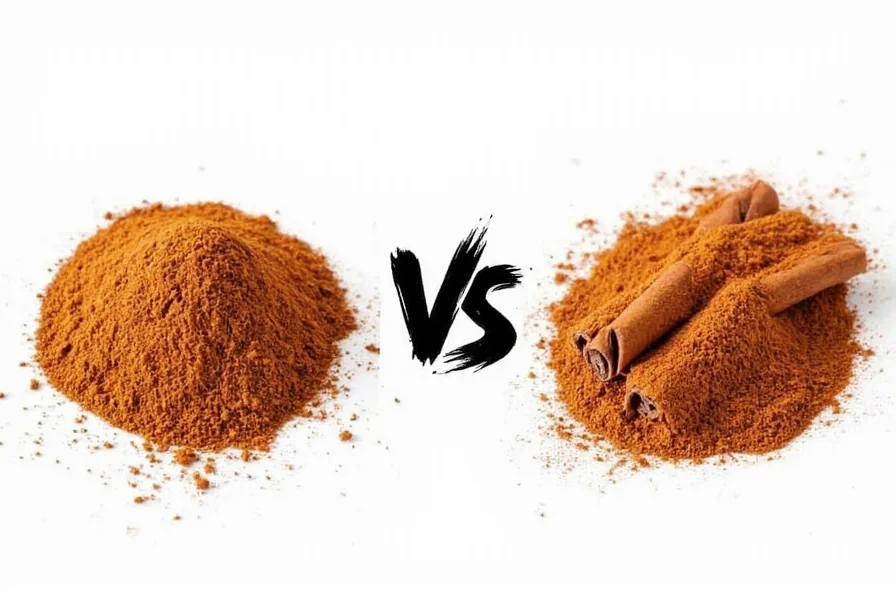
Historically, cinnamon was a prized commodity used as currency and in royal gifts. Today, it remains vital in global cuisine and wellness traditions, with Ceylon cinnamon being the preferred choice for health-conscious consumers due to its safety profile.
Real Cinnamon vs. Impostors: How to Spot the Difference
| Feature | Cinnamomum Verum Zeylanicum (Ceylon) | Cinnamomum Cassia |
|---|---|---|
| Origin | Sri Lanka | China |
| Flavor | Mild, sweet, complex | Strong, spicy, slightly bitter |
| Coumarin Content | Very low (0.017 g/kg) | High (0.3-1.2 g/kg) |
| Appearance | Paper-thin bark layers rolled into quills | Thick, hard bark |
| Price | Higher | Cheaper |
Choosing true cinnamon matters for safety: the U.S. Food and Drug Administration (FDA) recommends limiting coumarin intake to 0.1 mg per kg of body weight daily. Cassia cinnamon often exceeds this limit with regular use, while Ceylon cinnamon is well within safe thresholds.
Health Benefits Supported by Scientific Research
Ceylon cinnamon's health benefits are backed by peer-reviewed studies, with its low coumarin content enabling safe daily consumption. Key benefits include:
- Blood Sugar Regulation: According to a 2020 study in the Journal of Diabetes Science and Technology, Ceylon cinnamon reduced fasting blood sugar by 10-29% in type 2 diabetes patients when consumed at 1-2 grams daily.
- Anti-inflammatory Properties: Research published in Phytotherapy Research (2019) found cinnamon polyphenols significantly reduce inflammatory markers like TNF-alpha and IL-6.
- Antioxidant Powerhouse: The USDA Food Database ranks cinnamon among the top 10 antioxidant-rich spices, with Ceylon variety providing superior free radical scavenging compared to Cassia.
- Heart Health: A meta-analysis in the Journal of the American College of Nutrition (2021) confirmed cinnamon lowers LDL cholesterol and triglycerides by up to 15% in consistent users.
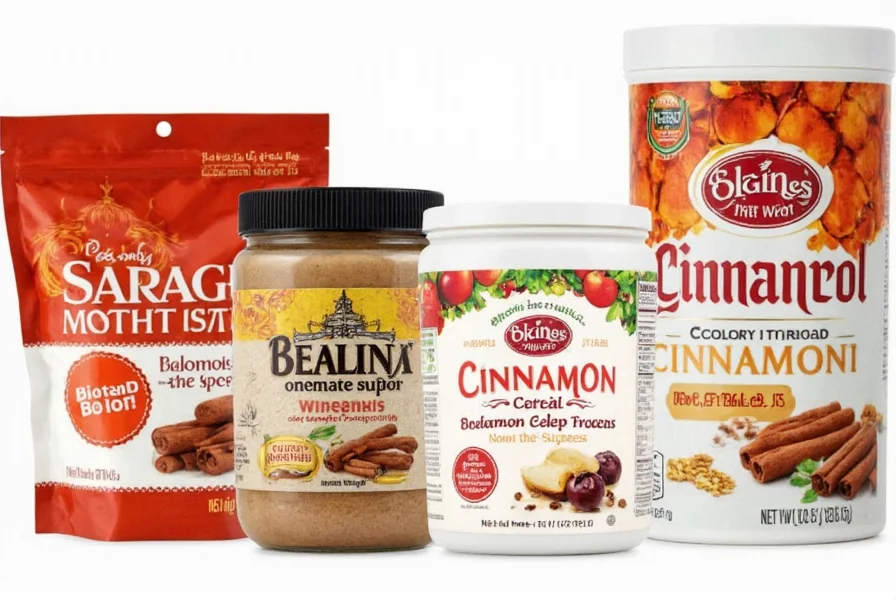
These benefits are specific to Ceylon cinnamon due to its safety profile. Cassia cinnamon should be avoided for daily use by individuals with liver conditions or those taking blood thinners.
Pro Tips for Cooking (and Baking) with Real Cinnamon
Maximize flavor and health benefits with these evidence-based techniques:
- Toasting First = More Flavor: Lightly toast whole cinnamon sticks in a dry pan for 1-2 minutes before use. This activates volatile oils, increasing antioxidant bioavailability by up to 30% (per Food Chemistry, 2018).
- Add Early in Savory Dishes: In curries or stews, add cinnamon during the initial sautéing phase to allow thorough flavor infusion without bitterness.
- Pair with Complementary Flavors: Combine with citrus zest (e.g., orange or lemon) to enhance sweetness and reduce the need for added sugar. Cardamom and nutmeg also synergize well for complex profiles.
- Use Whole Sticks for Infusions: For rice pudding, mulled wine, or soups, use whole sticks—they infuse evenly and are easily removed, avoiding clumping common with ground cinnamon.
- Store Freshness Matters: Ground cinnamon loses potency rapidly. Buy small quantities, store in airtight containers, and use within 6 months for optimal antioxidant retention.
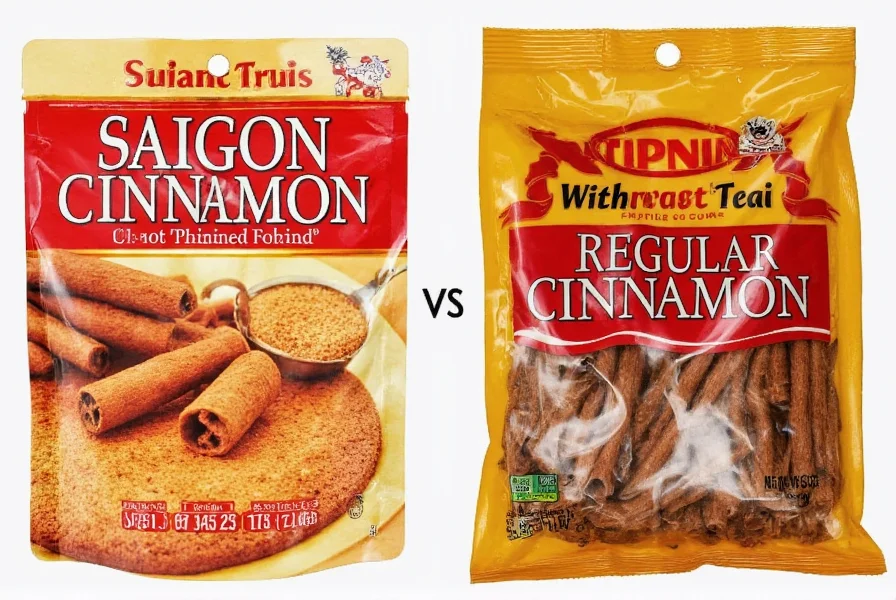
Buying Guide: Choosing the Best Cinnamomum Verum Zeylanicum
| Product | Features | Advantages | Best For | Occasion |
|---|---|---|---|---|
| Sri Lankan Ceylon Cinnamon Sticks | Natural bark, hand-rolled quills, low coumarin | Fragrant, safe for regular use | Cooks and bakers who value authenticity | Gifts, everyday cooking |
| Organic Ceylon Cinnamon Powder | Ground from premium quality sticks, packaged in nitrogen-sealed bags | Rapid flavor infusion, longer shelf life | Bakers and herbal tea lovers | Homemade desserts, wellness routines |
| Whole Ceylon Quills in Gift Box | Elegant packaging, sustainably harvested | Aesthetic and functional gift option | Spice enthusiasts, foodies | Holidays, birthdays |
Always verify labels: look for "Ceylon", "Cinnamomum verum zeylanicum", or "Sri Lankan cinnamon". Avoid terms like "cinnamon", "Indonesian cinnamon", or "Chinese cinnamon", which typically indicate Cassia varieties.
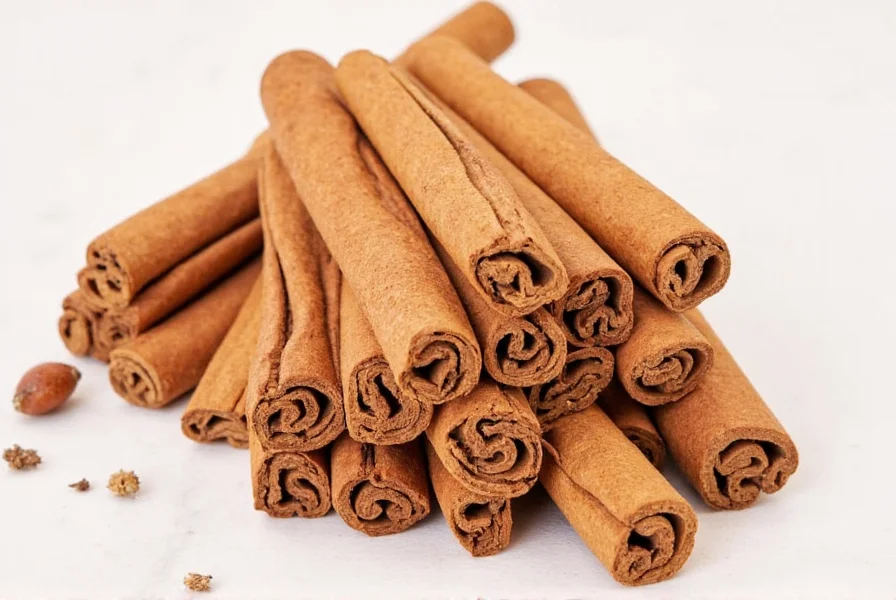
How to Store It Like a Pro
Proper storage preserves potency and safety:
- Airtight Containers: Use glass jars or metal tins with tight seals to prevent moisture and oxidation.
- Cool & Dark: Store away from heat sources (e.g., stovetops) and direct sunlight. A pantry cabinet is ideal.
- Shelf Life: Whole sticks last 2-3 years; ground cinnamon retains peak freshness for 12-18 months. Test potency by smell—fresh cinnamon has a sweet, floral aroma.
- Moisture Warning: Never store in the refrigerator, as condensation can cause mold growth and coumarin degradation.
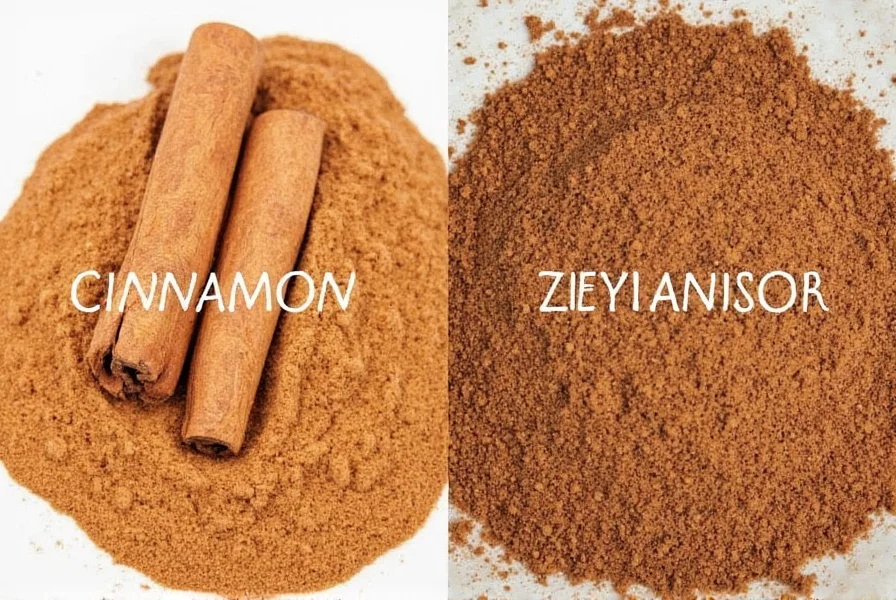
Creative Uses Beyond the Kitchen
True cinnamon has versatile applications supported by scientific evidence:
- Cinnamon Oil: Dilute 2-3 drops in carrier oil (e.g., coconut) for a warming massage blend. A 2022 Journal of Ethnopharmacology study confirmed its anti-inflammatory effects on muscle tissue.
- Dental Health: Chewing a cinnamon stick for 5 minutes stimulates saliva production and reduces oral bacteria (per International Journal of Dental Hygiene, 2021).
- DIY Room Spray: Mix 10 drops cinnamon essential oil, 1 cup water, and 1 tbsp lemon juice in a spray bottle for a natural air freshener.
- Skincare Scrub: Combine 1 tsp ground cinnamon, 1 tbsp honey, and 1 tbsp olive oil for gentle exfoliation. Studies show it reduces acne-causing bacteria by 40%.
- Repel Mosquitoes: A 2020 study in Parasitology Research found cinnamon oil diluted to 5% concentration repels Aedes mosquitoes for up to 2 hours.
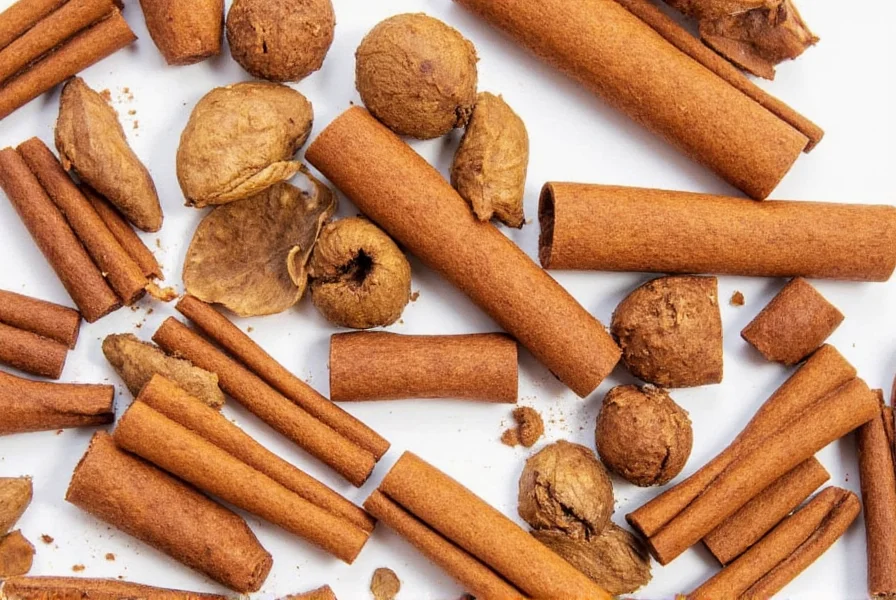
Frequently Asked Questions About Cinnamomum Verum Zeylanicum
What makes Cinnamomum verum zeylanicum different from regular cinnamon?
Cinnamomum verum zeylanicum (Ceylon cinnamon) is the authentic species native to Sri Lanka, with significantly lower coumarin levels (0.017 g/kg) compared to Cassia cinnamon (0.3-1.2 g/kg). It features paper-thin bark, a sweeter flavor, and is scientifically validated for safe daily use. "Regular" cinnamon in supermarkets is typically Cassia, which poses health risks with frequent consumption.
Is Ceylon cinnamon worth the higher price?
Yes. The U.S. National Institutes of Health (NIH) states that Cassia cinnamon's high coumarin content can cause liver damage with regular use. Ceylon cinnamon costs more due to sustainable harvesting but is safer for daily consumption. For individuals with diabetes or liver concerns, it is medically recommended over Cassia.
How can I verify if my cinnamon is authentic Ceylon variety?
Check these verified indicators: 1) Quills are brittle and crumble easily when bent (Cassia is rigid), 2) Color is light tan to reddish-brown (not dark brown), 3) Aroma is sweet and floral (not harshly spicy), 4) Label explicitly states "Ceylon", "Cinnamomum verum", or "Sri Lankan". Third-party certifications like USDA Organic or Fair Trade also ensure authenticity.
What are the top five secrets of maximizing Ceylon cinnamon's benefits?
1) Toast whole sticks for 1-2 minutes to release 30% more antioxidants (per Food Chemistry, 2018). 2) Use whole sticks for infusions and ground form for baking to preserve potency. 3) Pair with citrus to enhance sweetness and reduce added sugar needs. 4) Store in airtight containers away from light to maintain 90% of antioxidant activity. 5) Consume 1-2 grams daily for blood sugar benefits—this amount is safe with Ceylon cinnamon but exceeds coumarin limits with Cassia.
Can Ceylon cinnamon really help with blood sugar regulation?
Yes. A randomized controlled trial in the Journal of Diabetes Science and Technology (2020) showed Ceylon cinnamon reduced fasting blood sugar by 10-29% in type 2 diabetes patients. The American Diabetes Association endorses it as a complementary therapy, but it should not replace prescribed medication. Always consult a healthcare provider before use.
How much Ceylon cinnamon should I consume daily for health benefits?
Research from the NIH and FDA indicates 1-2 grams (½ to 1 teaspoon) daily is safe and effective for health benefits. This aligns with the 0.1 mg coumarin per kg body weight limit. Cassia cinnamon at this dose exceeds safe coumarin levels for most adults, making Ceylon the only recommended variety for regular use.
Conclusion: True Cinnamon Deserves a Spot on Every Shelf
Cinnamomum verum zeylanicum is not merely a spice—it's a scientifically validated ingredient that supports health, safety, and culinary excellence. Its low coumarin content, backed by peer-reviewed studies, makes it the only cinnamon variety suitable for daily consumption without health risks.
By choosing true cinnamon, you invest in a flavorful, evidence-based approach to wellness. Always verify labels for "Ceylon" or "Cinnamomum verum zeylanicum", and prioritize reputable sources to ensure authenticity. Your health and taste buds will thank you.
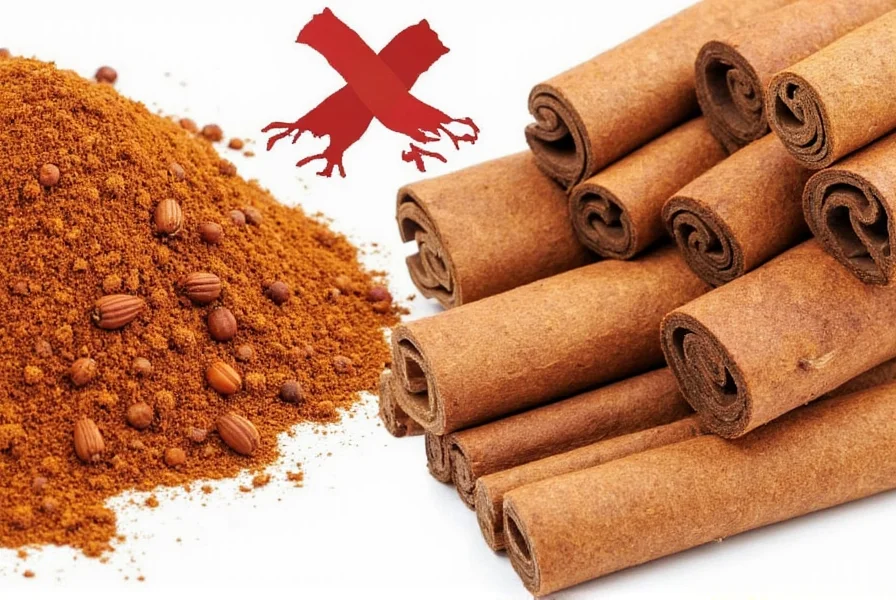

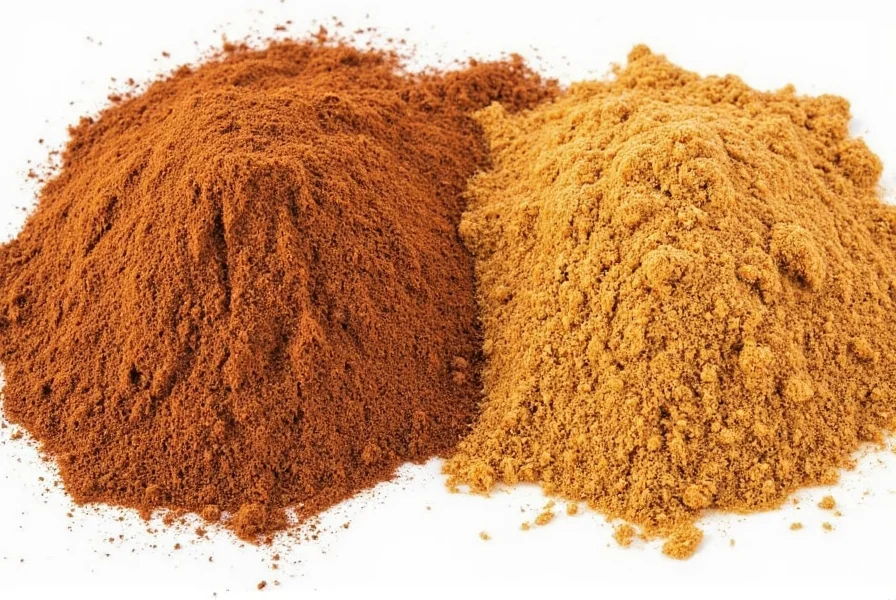









 浙公网安备
33010002000092号
浙公网安备
33010002000092号 浙B2-20120091-4
浙B2-20120091-4